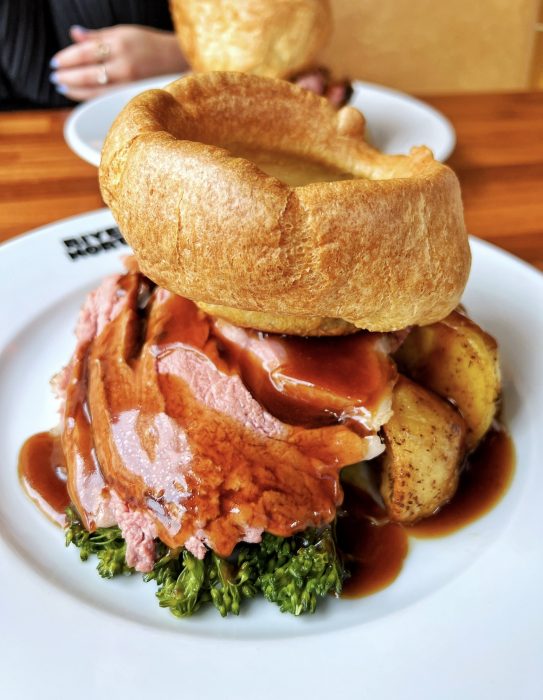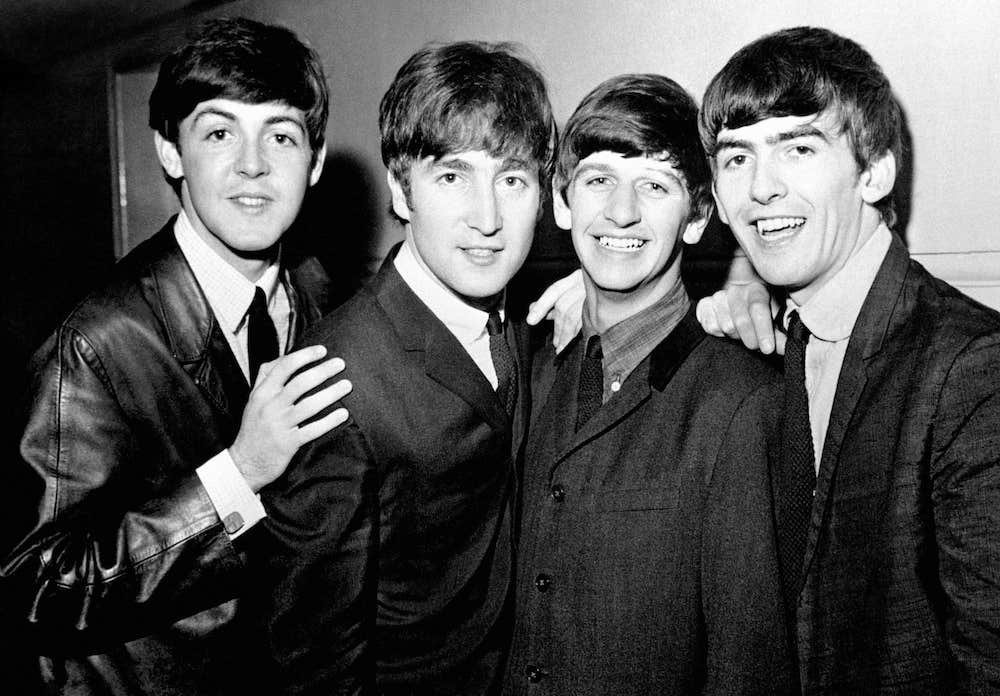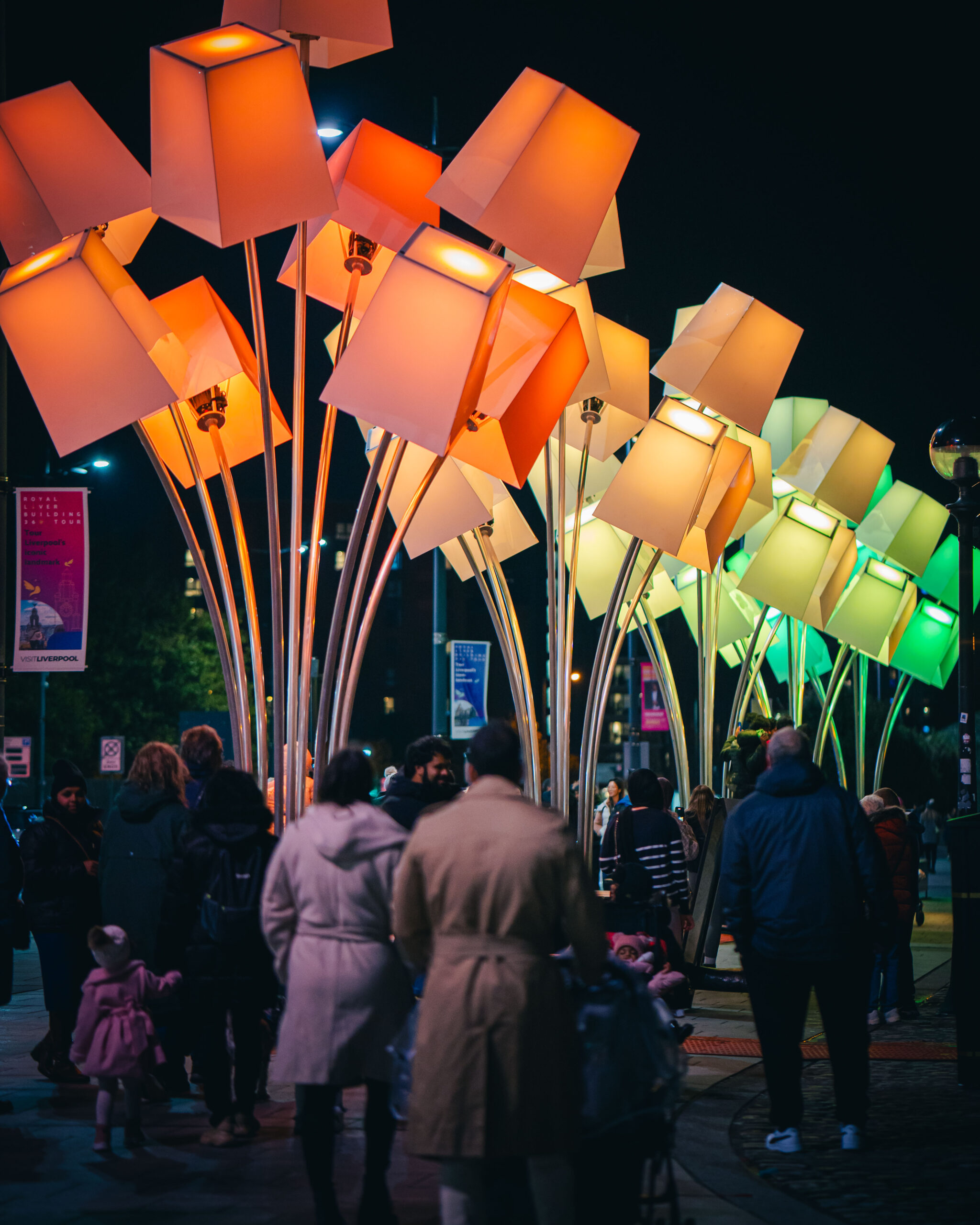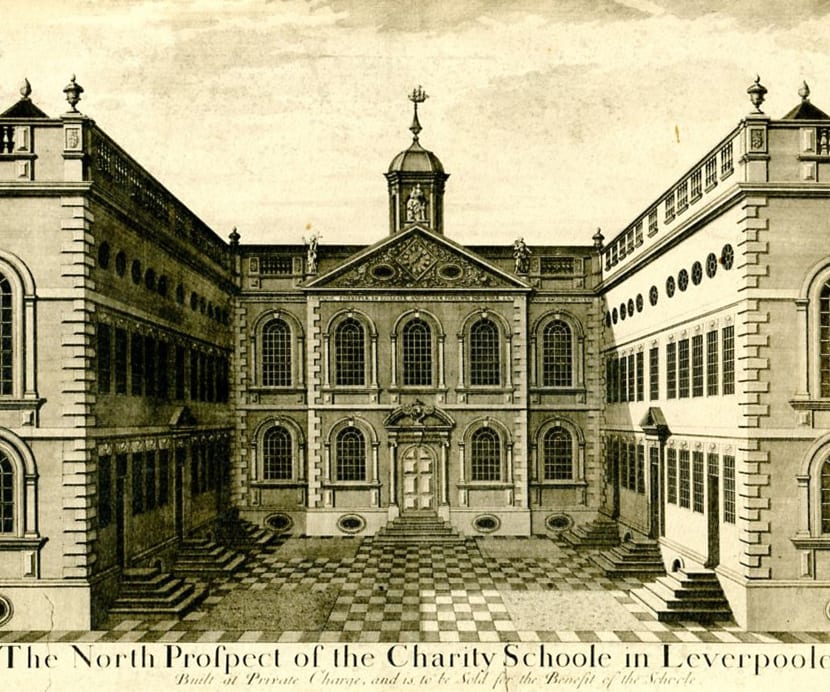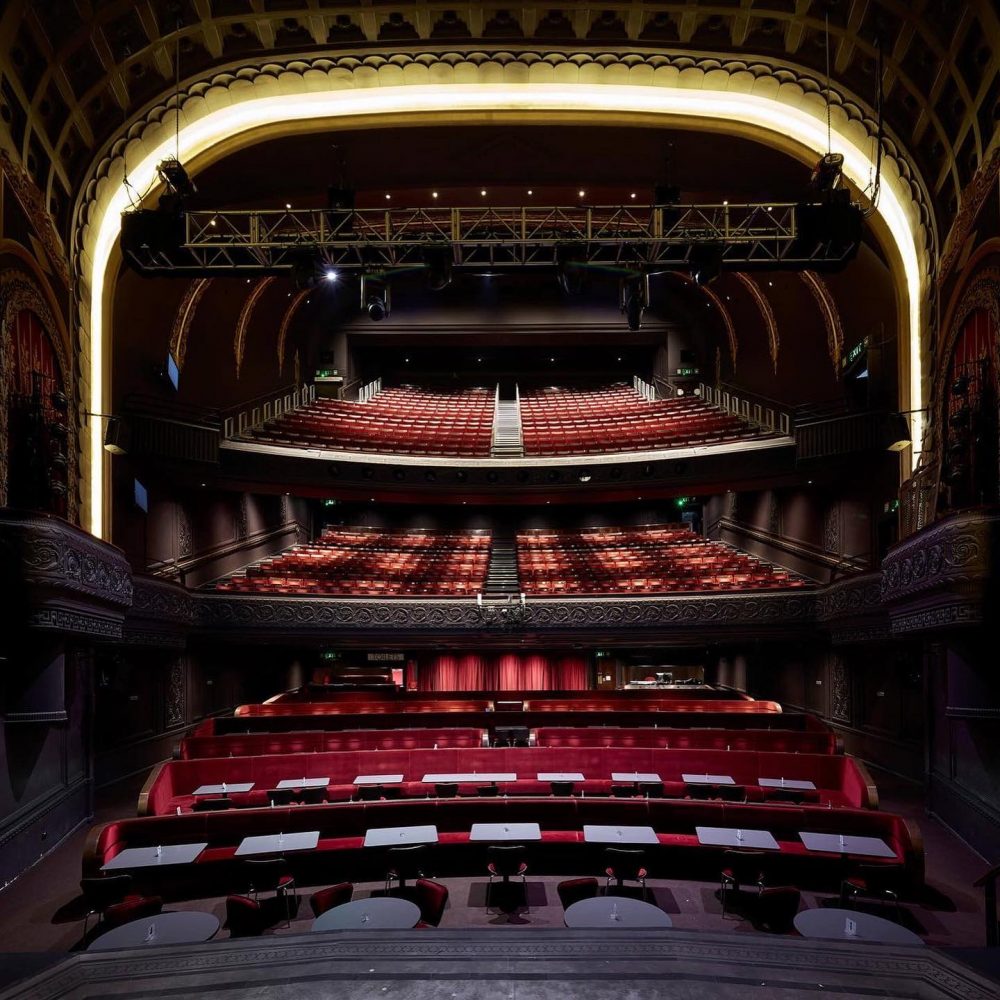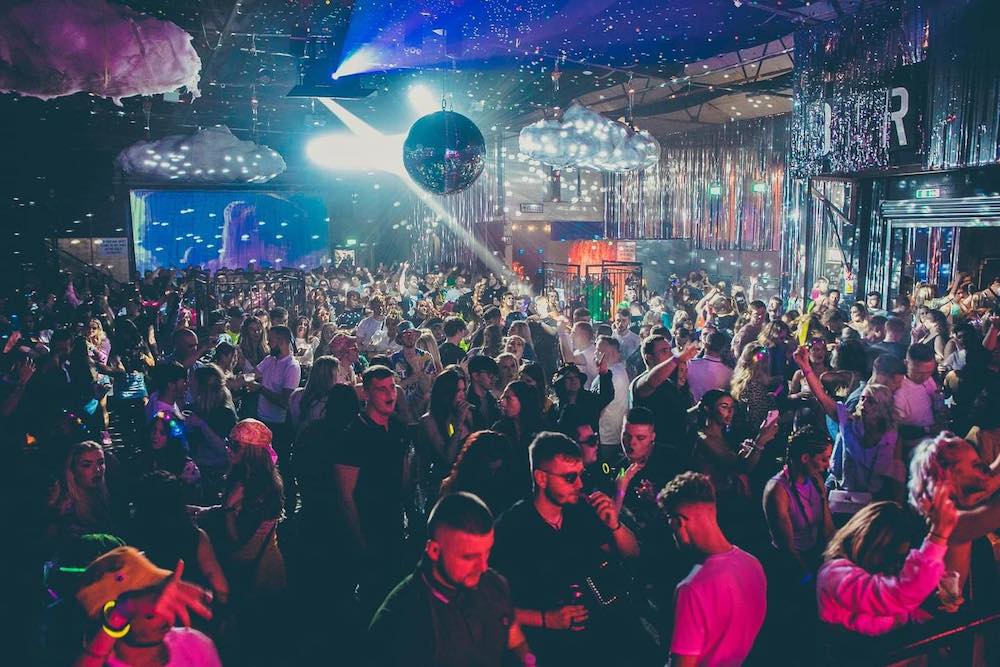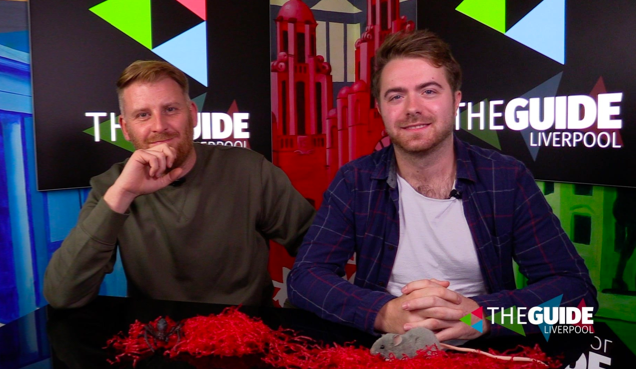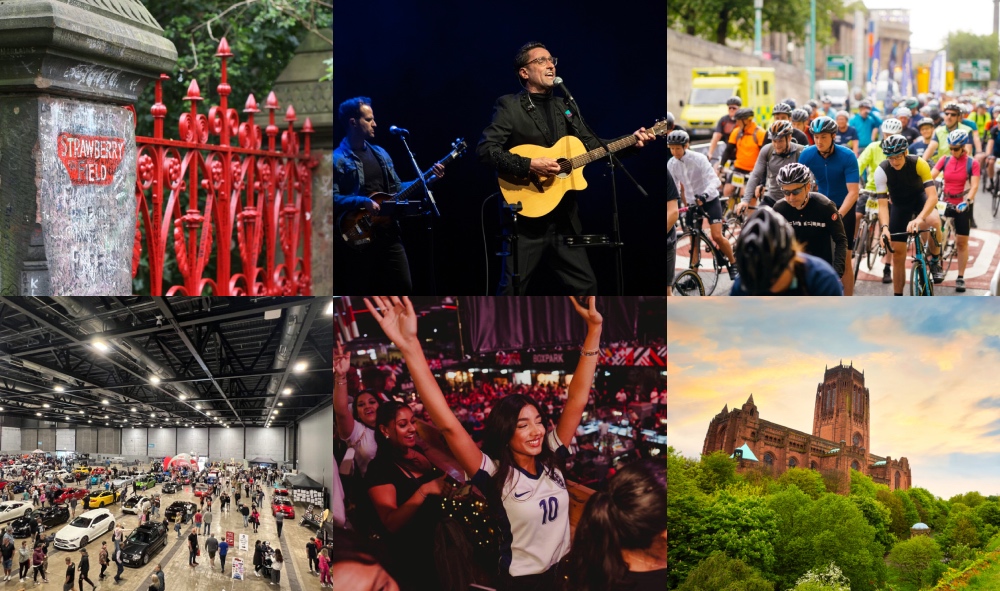
Family
Rediscover Woolton Village – here’s why it’s well worth a visit…
5 years ago
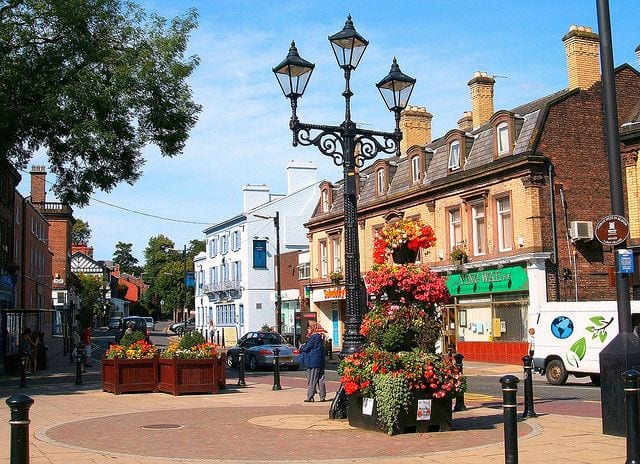
One of Liverpool’s oldest villages, the leafy suburb of Woolton is flavoured by vibrant, independent businesses, with a rich cultural footprint including those vital first steps, towards the formation of a humble quartet, known as The Beatles.
1 – Farm of Wulfa
In 1086, Woolton was part of the Barony of Halton and Widnes, and is referred to in the Domesday Book as, ‘Uluentune’, which translates as, ‘Farm of Wulfa,’ offering enough farmland to support around a dozen households.
In 1189, John, Constable of Chester, awarded Woolton to medieval Catholic military order, The Knights Hospitaller. The Knights held charge over Woolton for 350 years, until 1559, when it was confiscated by Queen Elizabeth I. The Queen passed the area to James I, who sold Woolton to William Stanley, the 6th Earl of Derby, and most prominent landowner of the time. Woolton eventually passed to Prescot-based attorney, Isaac Green, and the area became incorporated into Liverpool in 1913, remaining in his family for generations, finally owned by the Marquess of Salisbury.
2 – Destination dining

One of the best places to feel peckish in Liverpool, the eclectic menus of Woolton Village are an absolute To Do list of tastiness!
Simon Rimmer’s award-winning pub and restaurant The Elephant is a Woolton Village institution, welcoming guests since 1934. A trip to Liberty Tavern invites customers on an express to the US, with American food, drink and soundtrack.
For over 40 years, the exquisite flavours of Dostana Indian Restaurant, from Mumbai Street Food to traditional curries, have become a favourite. Meanwhile, since 1974, Ying Wah has served authentic Cantonese cuisine, and is currently under-taking a striking refurbishment. For a taste of Turkish Mediterranean dishes, Istanbul Barbecue & Bistro brings a sizzling menu to the suburb.

One Percent Forest serves up Skandi life, with beers, cocktails and wine served alongside hot dogs, doughnuts and Dark Woods coffee, with a delicious iced option. Named after their resident dachshund, Pickles, there’s a real treat for cocktail-lovers waiting at The Pickled Olive with a Gin Club and takeover nights, such as the recent event from Black Lodge Brewery. Nowhere Loft Bar & Bistro has an incredible tapas menu, including vegan options, along with stunning desserts, drinks and cocktails, set to regular live music.

Crust
Fancy an incredible Vegan breakfast? The Old Hardware Shop is a chilled-out find with a homemade menu made to make the most your lunch time. Coast Cafe Bistro is a chic nook with cosy outdoor space, ideal for Prosecco Afternoon Tea, and outstanding lunchtime specials. Already a hit with Bold Street diners, enjoy the trademark wood-fired flavours with artisan crusted pizza from Crust Woolton Village. Need a moment to slowdown and appreciate the good things in life? That’s the literal translation of Fika, where Swedish coffee culture and homemade bakes provide a feast for the imagination.
And how can you not love the French inspired Caveau restaurant? One of Liverpool’s foodie hidden gems. More info here.
3 – Boom! Let’s start The Beatles!

When a selection of local bands gathered at St Peter’s Church garden fete on 6 July 1957, a pair of teenage boys started a friendship which would create a timeless soundtrack for generations.
Sat in the church hall, 15-year-old Paul tuned up a guitar and played a few numbers, hanging out with a 16-year-old lad he’d just met, called John Lennon. John was impressed with Paul’s natural ability. After watching John’s band, The Quarrymen, perform at 8pm, Paul thought John was a great lead-singer. The lads invited Paul to the pub, where they lied about their ages to get served, and chatted about their love of music.
Fast-forward from that day in 1957 to the early 90’s, when newly retired, Bob Molyneux, was clearing out his attic. Bob found his amateur recording of The Quarrymen’s at St. Peter’s Church. He’d bumped into Ringo a few years later, asked him if John wanted the recording, but heard nothing back. Instead, this piece of music history was verified as John Lennon’s first live recorded performance, and sold at Sotherby’s to EMI records for £78,500 in September 1994.
4 – A local movie icon

The only single-screen cinema in the city, designed by L.A.G Prichard, and opening in 1927, Woolton Picture House offers movie-goers a nostalgic cinematic experience, including a traditional interval, when ice cream can be purchased from usherettes.
Along with latest releases, the cinema regularly screens classic movie titles along with seasonal specials, and in 2009, Woolton Picture House made the big screen, when it became a location for the filming of award-winning John Lennon biopic, Nowhere Boy.
That same year, the cinema was voted one of The Guardian’s Top 20 Best Film Venues in Britain, describing the cinema as, ‘Britain’s Art Deco gem.’ The iconic cinema, found on Mason Street, is featured in Liverpool Museum’s Reel Stories: Liverpool and the Silver Screen exhibition.
Visit Woolton Picture House here
5 – A Day in the Life

251 Menlove Avenue, Woolton, is better known as John Lennon’s former house. This is where John lived from the age of five in 1946, after moving from 9 Newcastle Road, Wavertree, to live with his Aunt Mimi and Uncle George Toogood Smith, until 1963.
The day before the 20th anniversary of his death, on 7 December 2000, the address was presented with an English Heritage blue plaque, and in 2002, Yoko Ono bought the property and donated it to the National Trust.
In 2012, along with Paul McCartney’s childhood home at 20 Forthlin Road, the property was Grade II listed by the National Trust. The address has since been restored to a 1950s incarnation, recreating John’s experience of the house, and forms part of The Beatles’ Childhood Homes tour, along with Sir Paul’s family home.
6 – Birthplace of Beatles’ inspiration
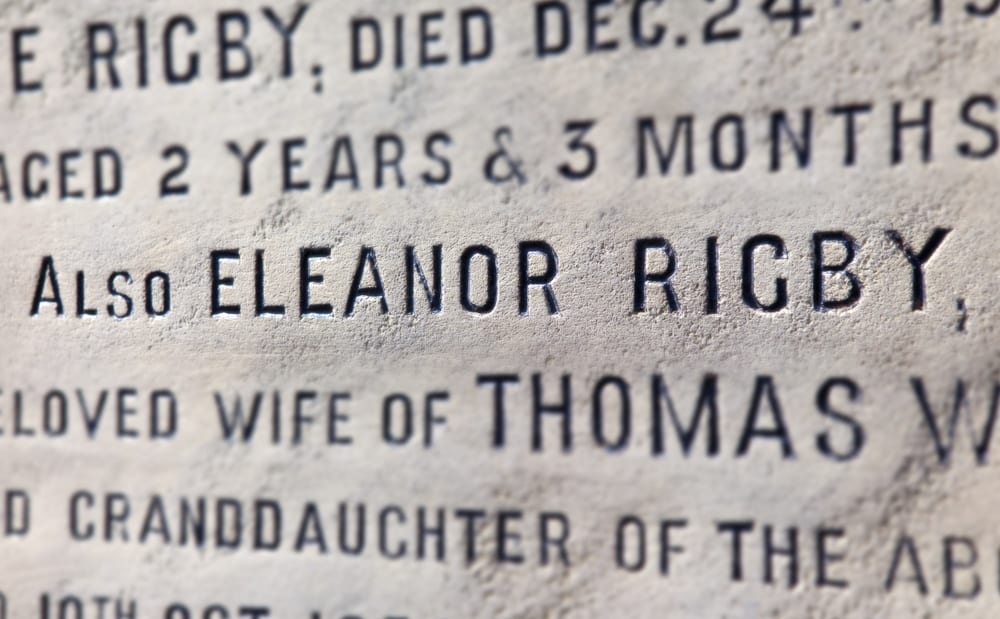
At St Peter’s Church, the headstone of Eleanor Rigby was immortalised on the 1966 double A-side single, also featuring Yellow Submarine, from the Revolver album.
The headstone was discovered in the early 80s, with Sir Paul initially denying any connection, later ruminating on a subconscious marriage of memory-meets-melody, as the song was originally called Daisy Hawkins. Never-the-less, both the single and her city centre statue have made Woolton’s Eleanor Rigby an incredibly famous Scouser.
On Beaconsfield Road, a side street off Woolton’s Menlove Avenue, Strawberry Field was the Salvation Army children’s home made famous by John Lennon in 1967. As a child, one of John’s favourite treats was visiting the annual summer garden party at Strawberry Fields, watching the Salvation Army Band with his Aunt Mimi.
Today, Strawberry Field has been transformed into a popular destination for fans. The famous red gates open onto a garden tour, bustling café, and an interactive Beatles’ experience; interweaving the history of the site with John Lennon’s childhood, and the writing and recording of Strawberry Fields Forever.
Remaining true to tradition, Strawberry Field is home to a training hub which supports young people with learning difficulties by offering training and work placements, along with time to socialise, and find any support they may need to find employment.


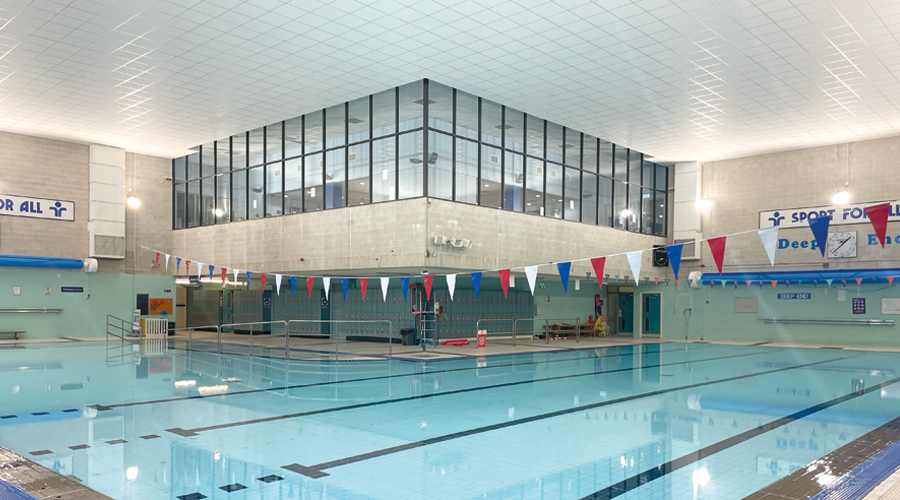
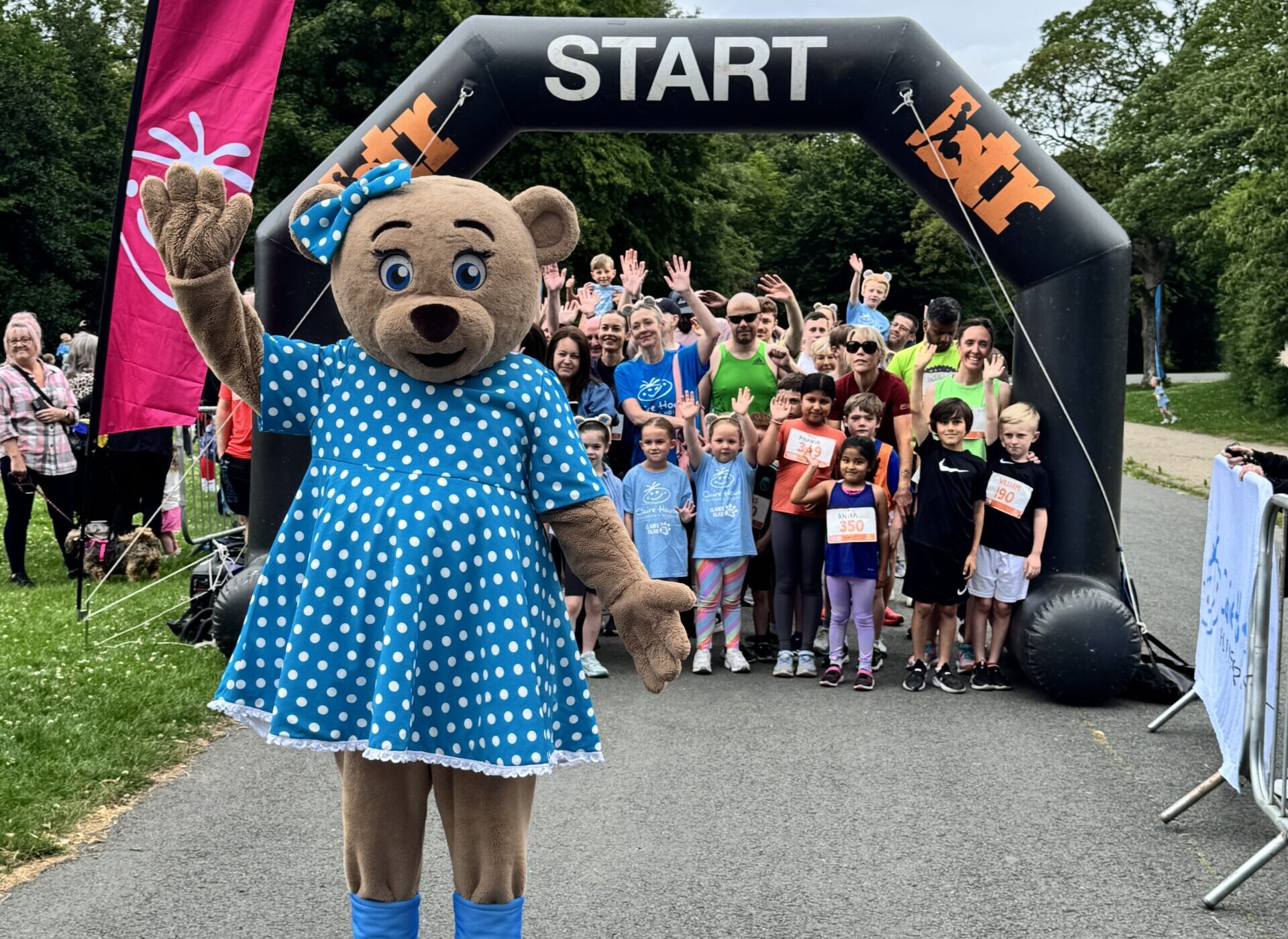
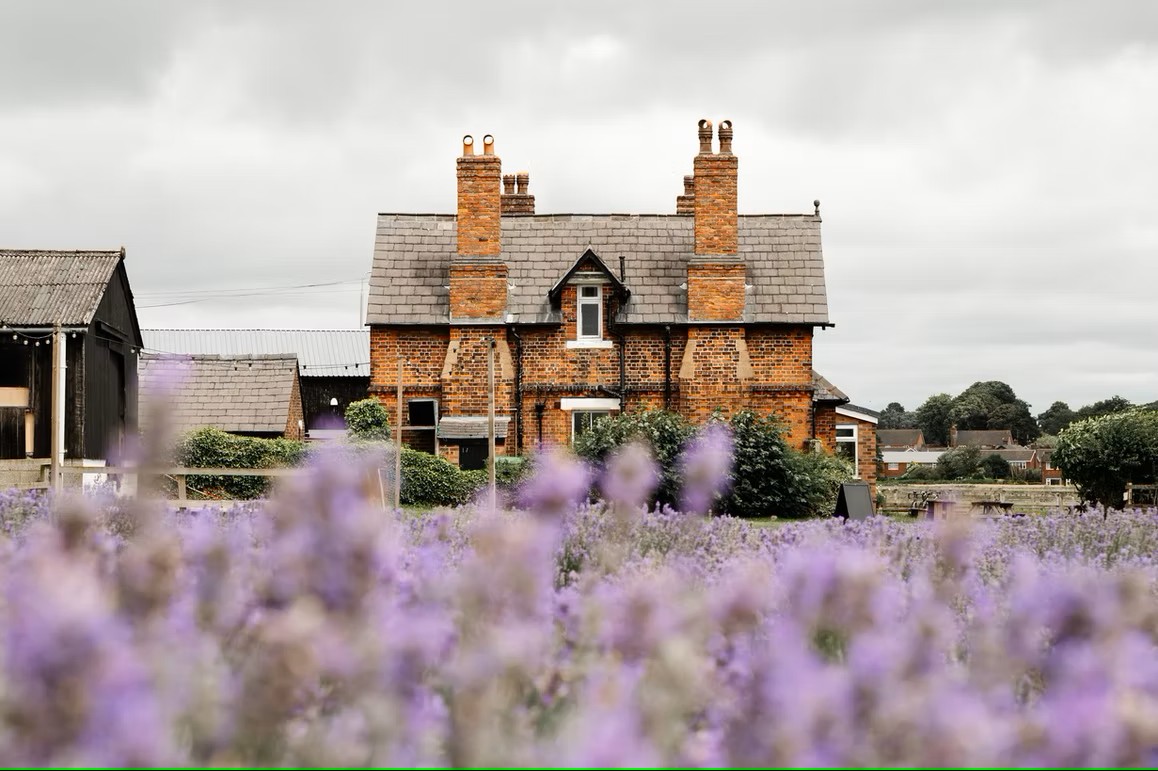
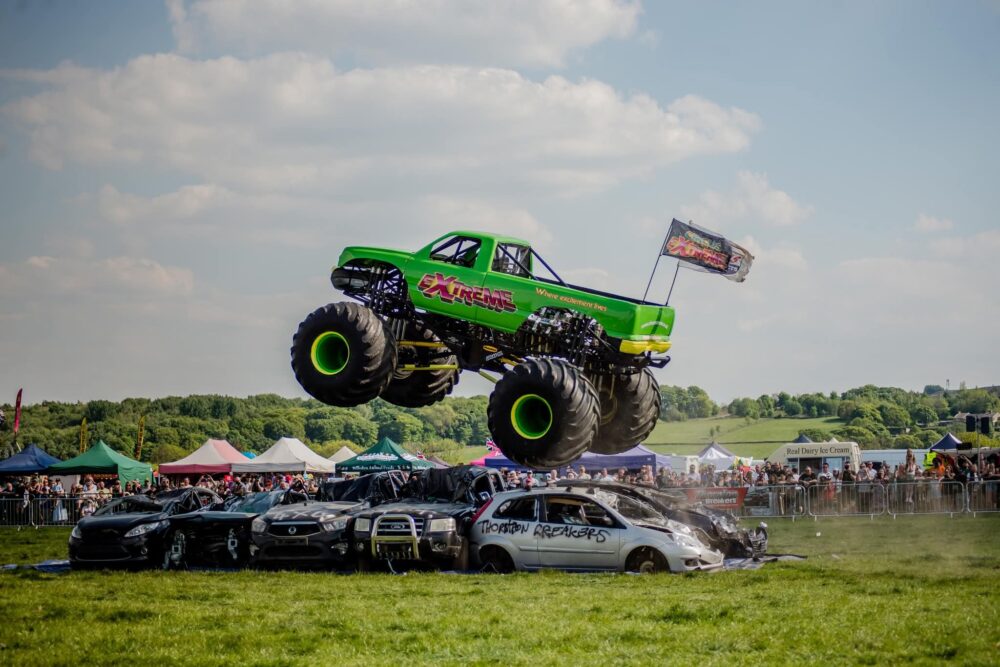
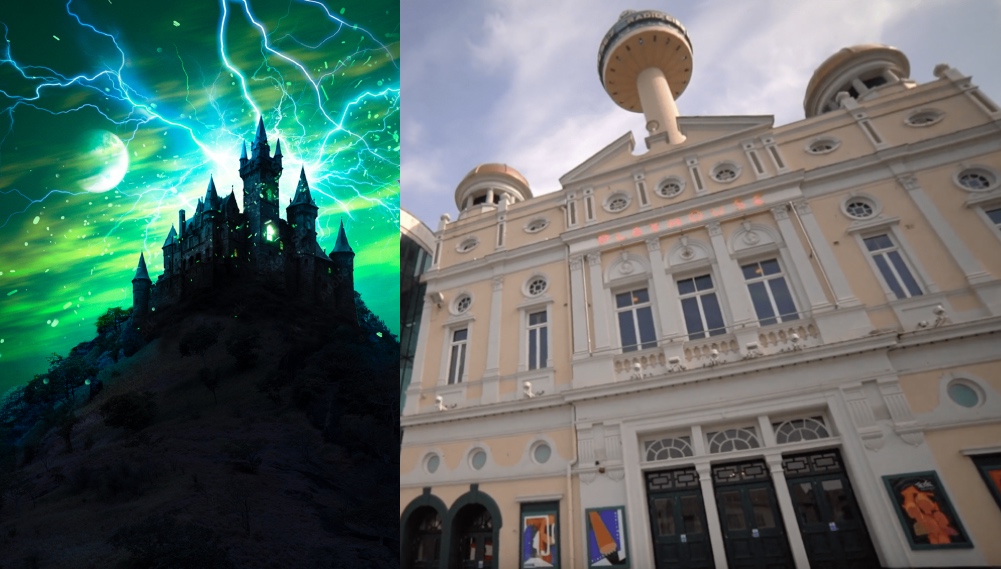
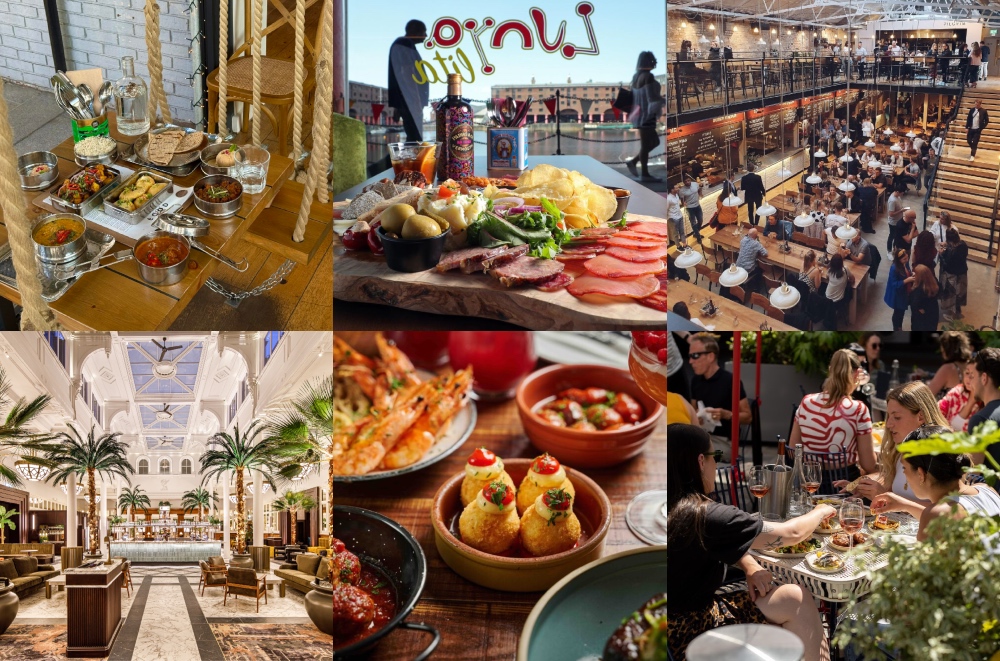
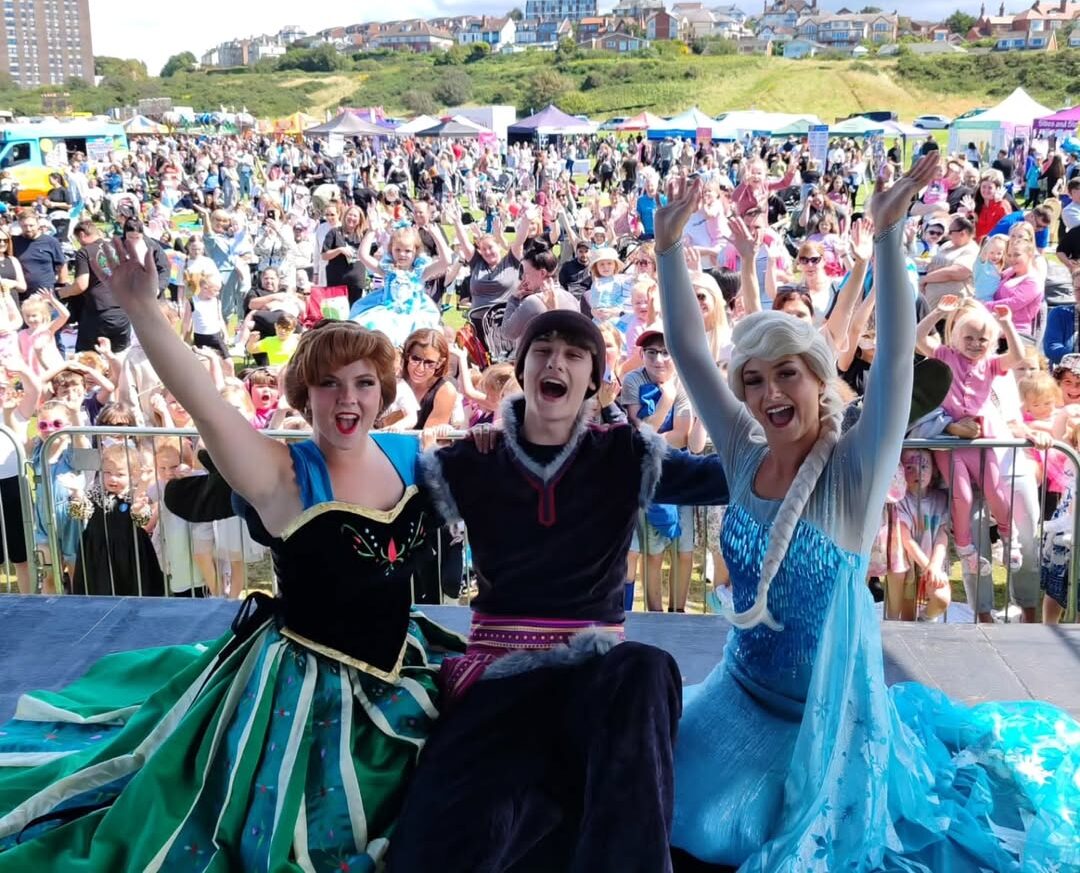

 Subscribe
Subscribe Follow Us
Follow Us Follow Us
Follow Us Follow Us
Follow Us Follow Us
Follow Us Follow Us
Follow Us



